This article also has a Chinese version.
Preface
I’ve just migrated my blog and might as well share some stuff I’ve stocked up.
Getting hands-on to create little gadgets is a delightful activity, even more so if the gadget turns out to be attractive or useful.
Carrying a bunch of cards with you when you go out is now a regular routine for most people, yet many of these cards merely serve as access cards. The majority of these access cards are M1 cards that can be easily cloned with a card reader. Without hacking into the management system to add IDs, it would be much more convenient if we could combine multiple cards into one, or even “conceal” them in some way.
This article will introduce a solution I’ve come up with.
Here are a few solutions provided by Taobao:
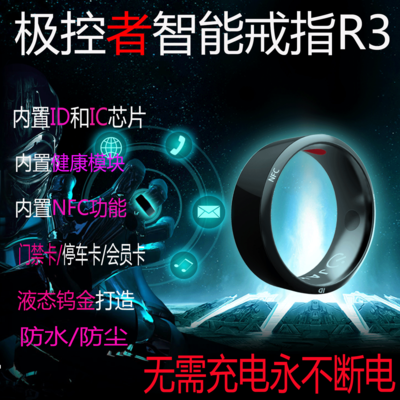
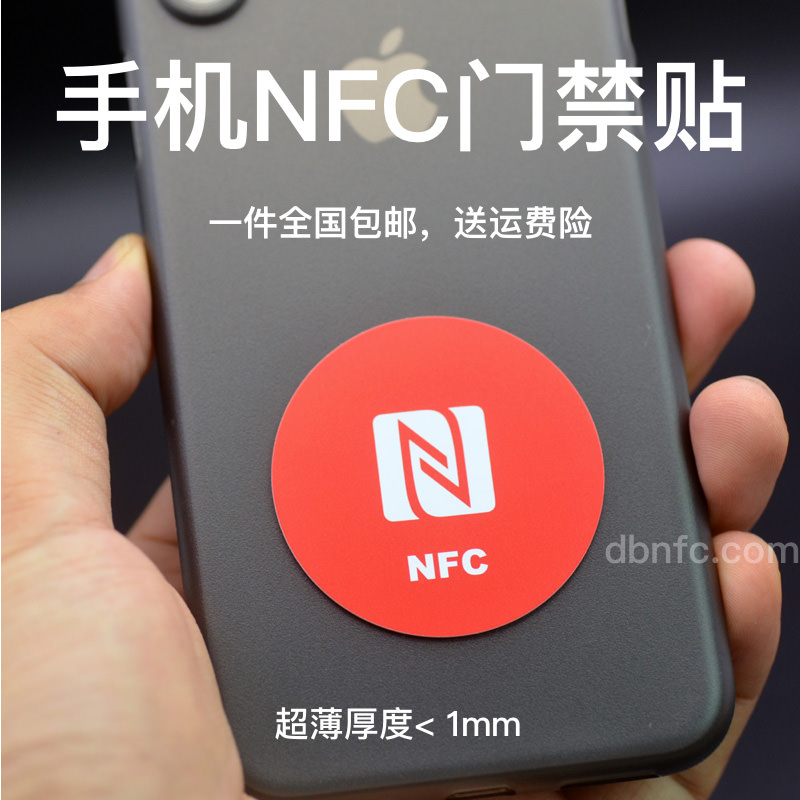
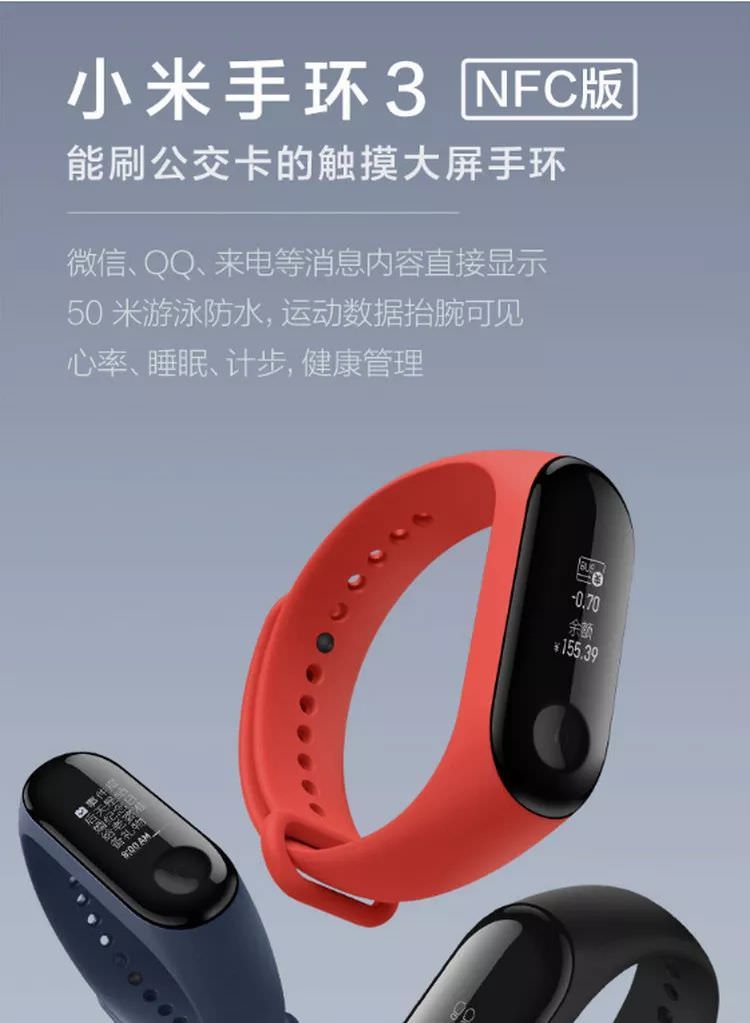
However, none of these three options really work for me. Personally, I hate wearing things like watches, bracelets, or rings, and I also dislike sticking strange decals or cases on my phone.
So my goal was to make the NFC chip and antenna as small as possible and preferably to have one card with multiple uses.
DIY
Step 1: It has to look good!
Firstly, let’s address the size issue. As we know, an NFC card the size of a credit card can actually be replaced by a chip the size of a key fob pendant - it just requires a few more loops in the antenna.
But such a pendant looks very ugly. Not just ugly, but also inconvenient to carry a bunch of these things on your keys.
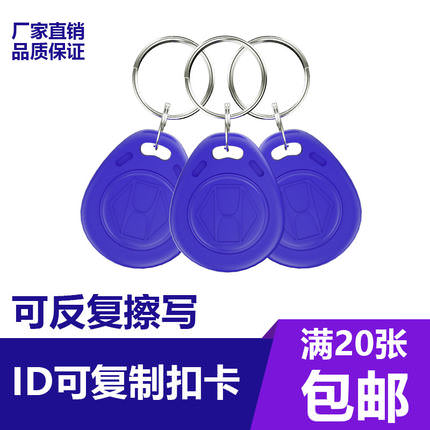
However, these cards are actually quite easy to take apart, containing just a small chip and a coil inside. At the very least, we can replace its skin to make it look a little nicer.
The skin-changing process is quite simple – use resin casting. You just need to mix the A and B resins in a certain ratio and pour into a mold and then let it sit. Below is a resin casting craft my girlfriend and I created.
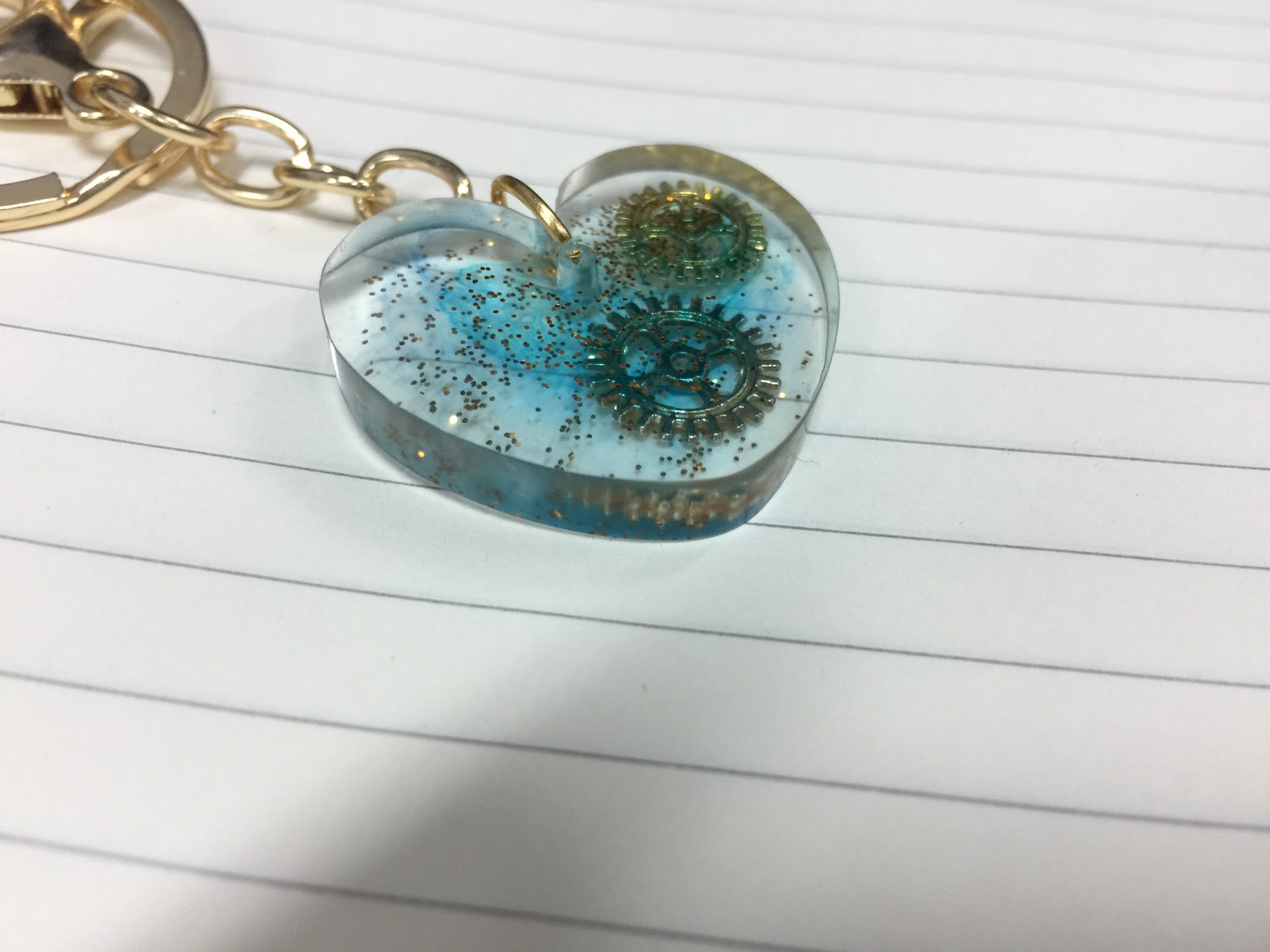
Step 2: It has to be useful!
This step is mainly about how to enable reuse.
The considered solutions included: making a Rubik’s Cube where different NFC chips would connect by turning, creating a keychain that also connected by rotating, and the simplest idea, adding a multi-way switch.
But these solutions all have an obvious problem — they require multiple physical switch operations, greatly limiting their lifespan.
When I was browsing Taobao for inspiration, I came across a mercury switch.

This switch could solve the problem of lifespan reduction due to physical form switching. You could simply change the orientation of the pendant to use it.
With this switch, we could connect two chips to the same coil and switch the connecting chip by changing the orientation. If two could work, then three could as well – we’d just need to use three mercury switches at 120° angles to each other.
Step 3: Get to work!
So the design became clear – one common coil connected to three NFC chips via three mercury switches at 120° to each other.
After some soldering, the following was produced:
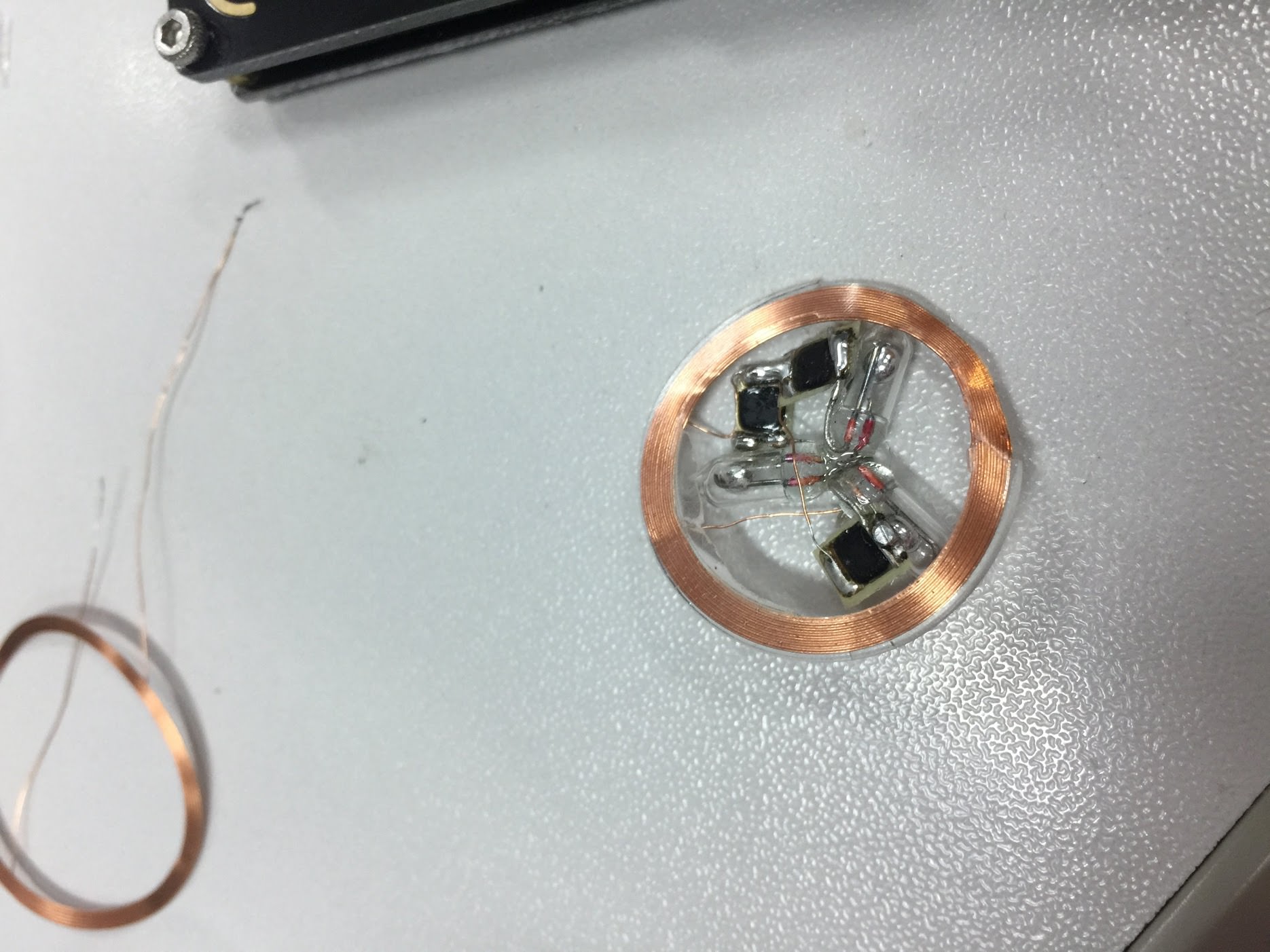
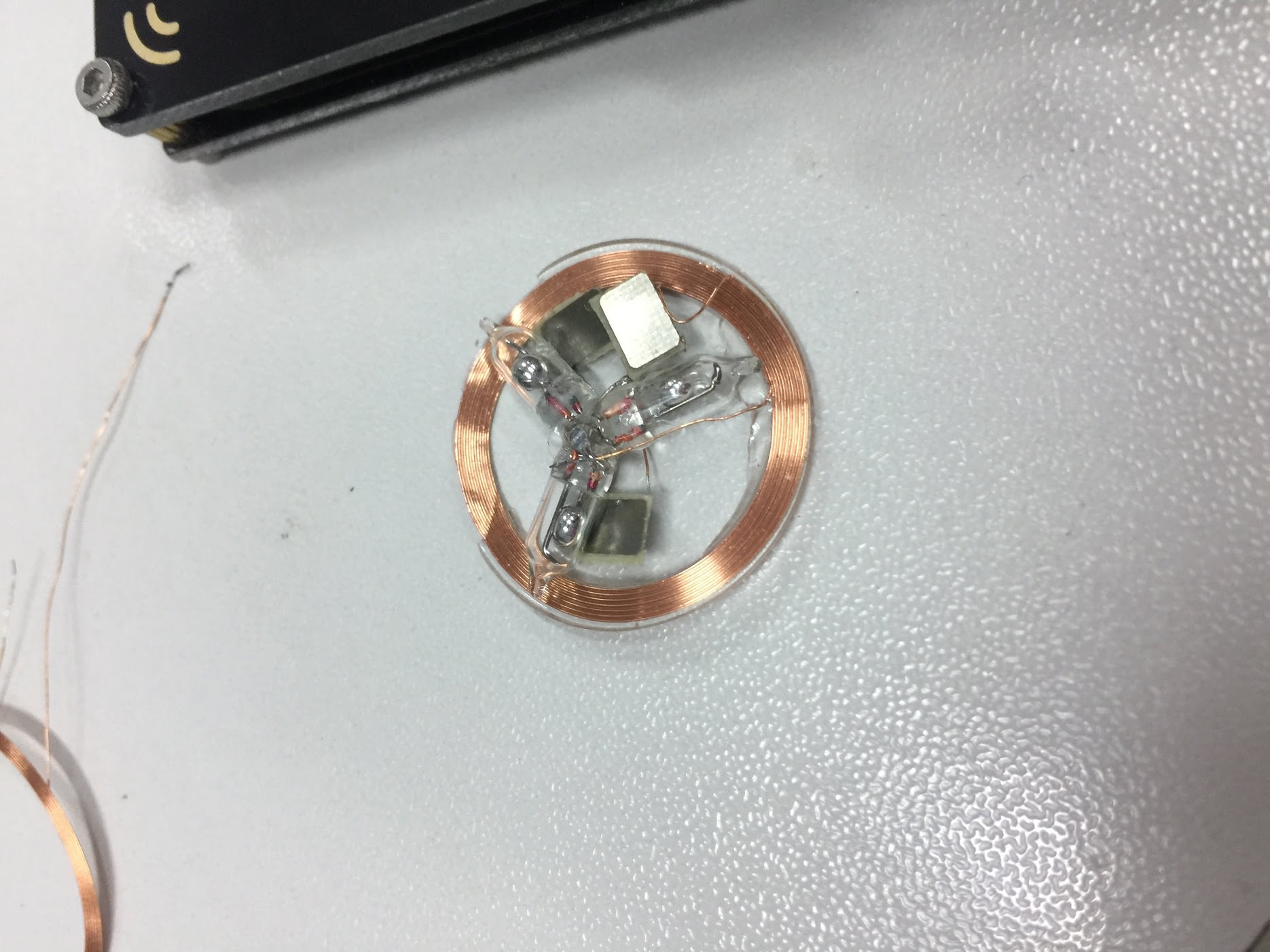
After placing it into the resin casting mold and letting it sit, the initial intention was to create a frosted effect, but unfortunately, the quality of the resin casting was not great, leading to a somewhat dirty and less transparent look. Once the card information was written onto it using a PM3, it was ready for use!
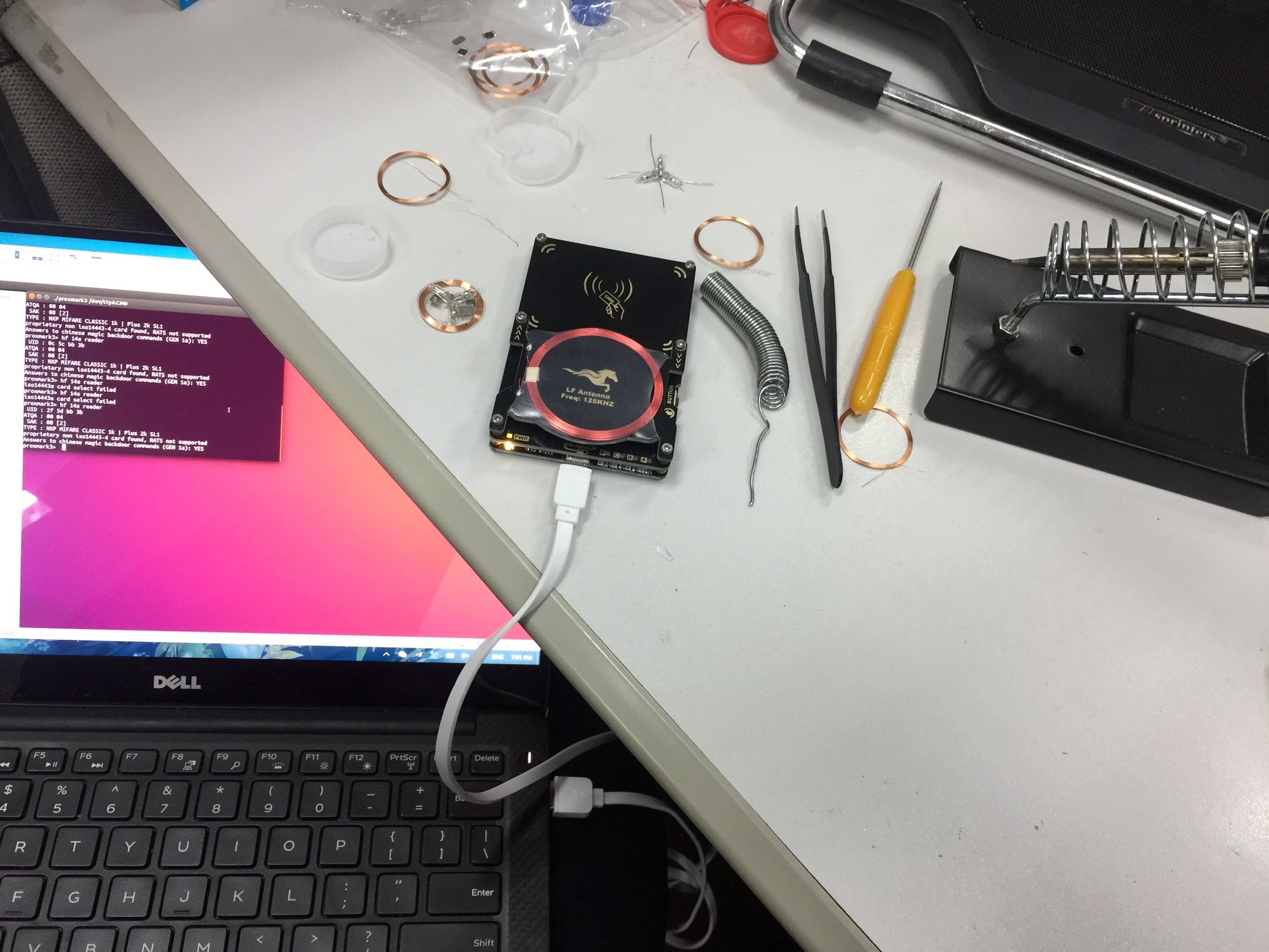
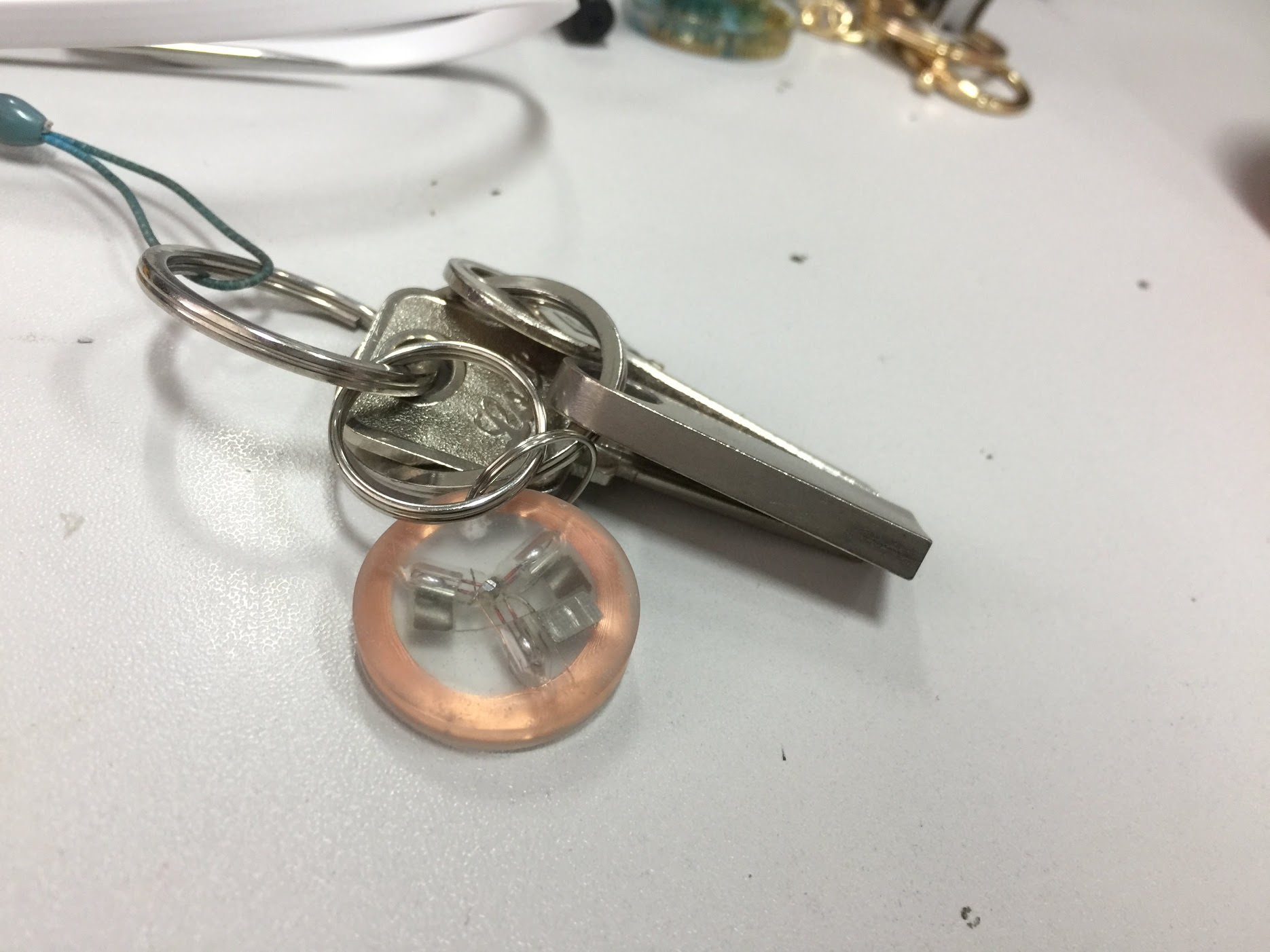
Step 4: Make it even better-looking!
Learning from the experiences with the prototype, during the resin casting process, some decorations were added to mark the directions and holes were left directly above the switches for easy use.
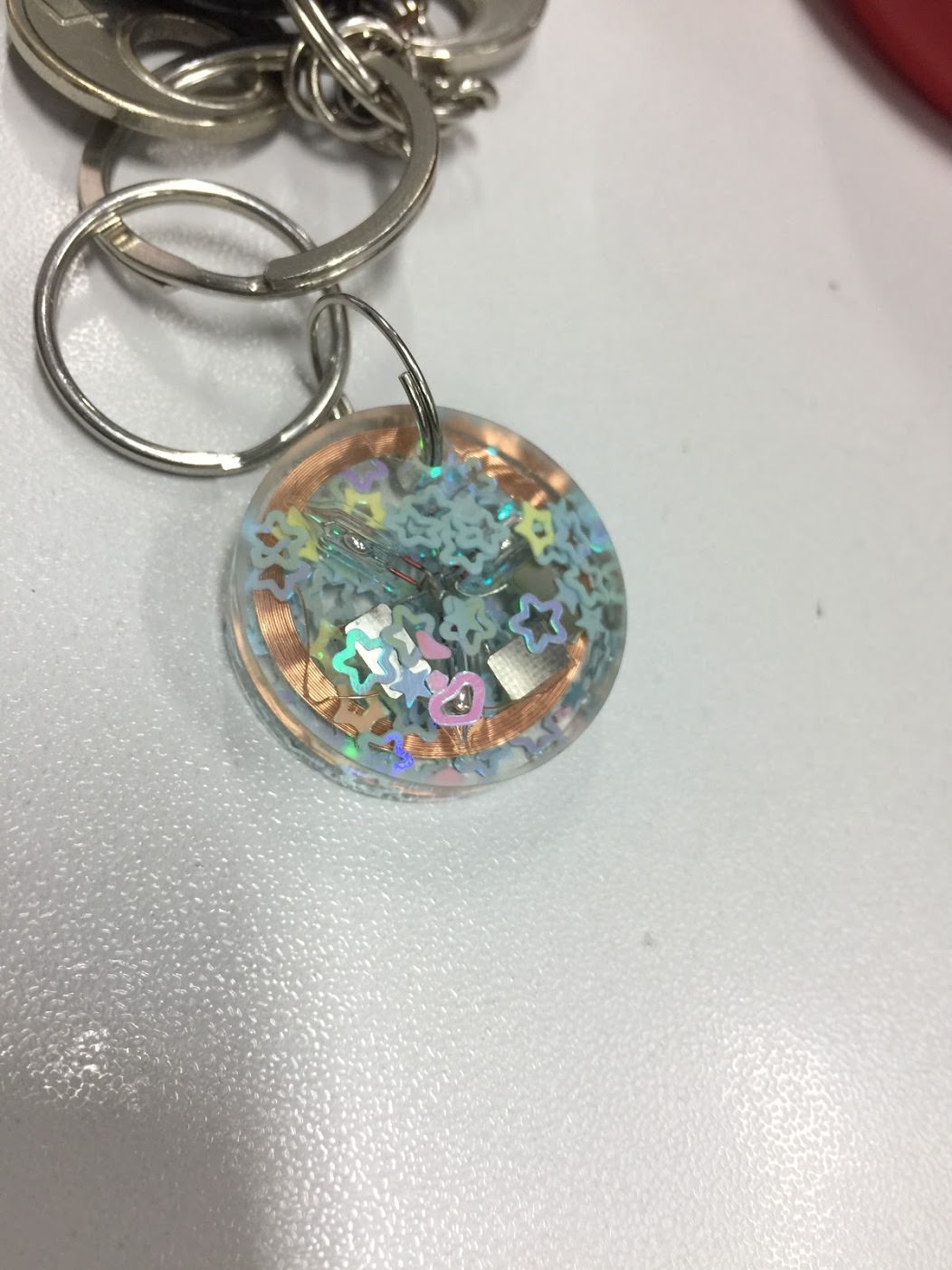
Not bad, right? So this is the world’s only “Mercury Switch-based Three-in-one NFC Card”.